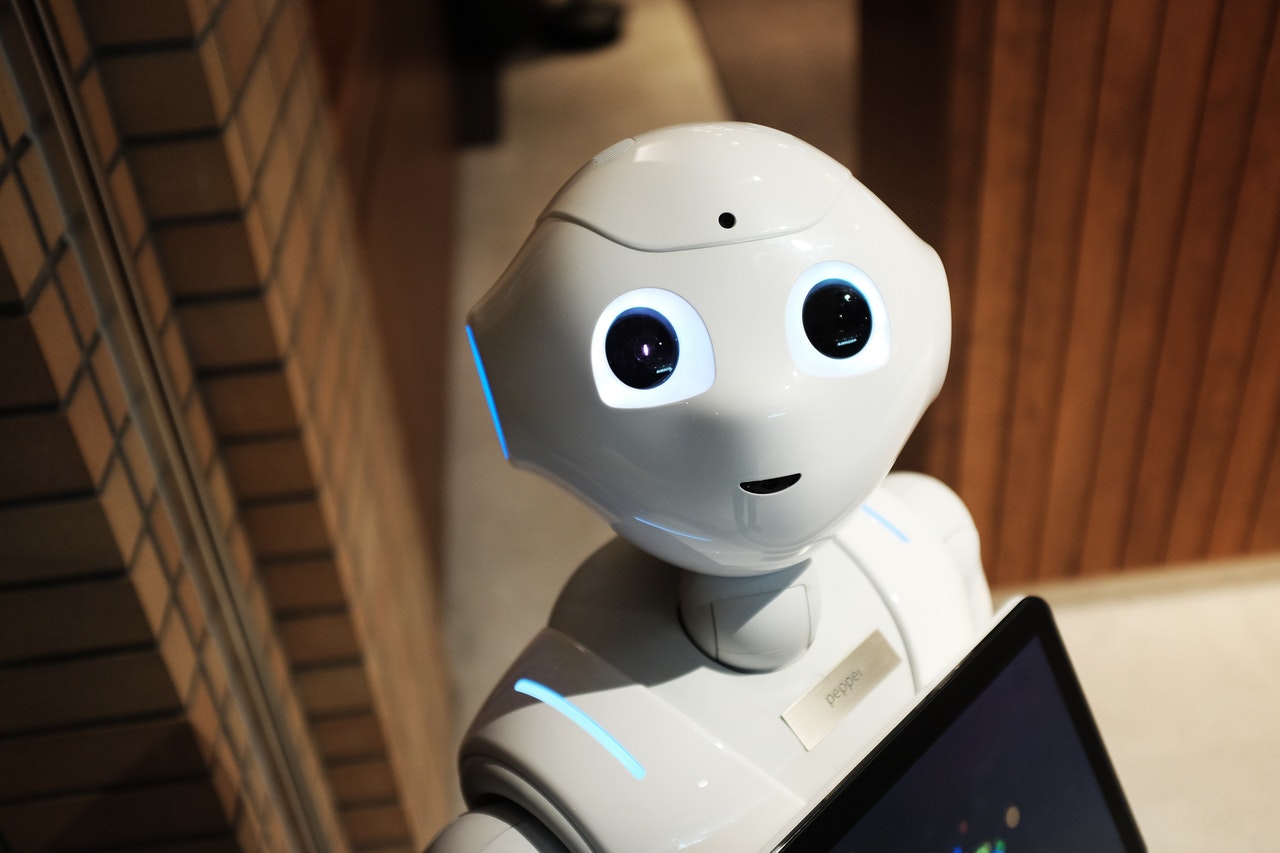Their feelings on the issue are opposed, but doomsayers and tech fanatics alike have been predicting the imminent dawn of the AI revolution for years. Ironically, their forecasts have come to pass with very little fanfare.
Without realizing it, we’ve allowed algorithms to subtly influence many aspects of living. As our dependence on devices and the information they provide only grows, we allow our activity to be tracked and our interests to be profiled.
Ultimately, what we see on our screens is partly determined by the invisible hand of machine learning.
According to the Census Bureau, only a minority of firms use AI: 9% of US businesses surveyed in late 2018. This figure is largely skewed towards the big companies.
If AI is truly so influential today, why don’t more businesses integrate it into their processes? And what can you do to change that for your organization?
Dispense with hesitation
On some level, it makes sense that some companies would lead the way in AI adoption, while others lag.
Leaders are human. And though entrepreneurs tend to be more intrepid than the average person, there’s always some reluctance to embrace change. Disruption can be viewed as a threat as well as an opportunity.
The more successful you are, the greater the tendency to hold on to established methods. If it ain’t broke, don’t fix it.
This favors the big companies because they have more resources, finances, and manpower to experiment with AI.
Smaller companies are left to follow in their footsteps. They study cases and practices developed by the early adopters and figure out how to apply those to their own situations.
This is less than ideal because what works for one organization doesn’t necessarily succeed when transposed to another.
Human hesitation needs to be struck off as a factor holding businesses back from AI adoption. But are there other issues you need to deal with?
Machine learning limitations
Throughout history, the components of innovation have often existed for years before someone puts the pieces together.
The assembly line, for instance, wasn’t devised all at once. It required the scale and demand of the lucrative automobile industry to create incentives for a company like Ford Motors to tinker to achieve greater efficiency.
Sometimes, a process must be established and well-defined before technology can be installed to great effect. The head of a liquid filling machine is calibrated to precision, but its efficiency benefits are best realized if your team already has a set production workflow.
The truth is that most business processes are far more complex than we realize. They involve multiple components, often interacting with and influencing one another.

The human brain excels at connecting the dots. We can draw from prior experience and extrapolate from specific to general to deal with uncertainty. The ability to make intuitive leaps and formulate educated, creative ‘best guesses’ is our characteristic advantage over machines.
AI has dramatically improved in terms of machine learning capabilities. But it doesn’t think for itself in the human sense. It’s only as effective as the data you feed it.
There might be other barriers to AI adoption, but the biggest one is typically this misunderstanding.
The machine learning engineer typically works with lab scenarios in which common features and issues are analyzed. But when it’s time to hit production, edge cases come up. Often, these prove to be critical flaws that the AI doesn’t anticipate, exposing weaknesses in the system and ultimately calling time on the entire experiment.
Reskilling for synergy
When the attempt to introduce a new process fails, people revert to old habits. This creates resistance to change on the production level and whatever hesitation is taking place on the boardroom level.
A good business case can convince leaders. It’s easier to move the needle for a few individuals who have a grasp of the big picture.
But organizations will also need to solve the problem of how employees understand and work with AI. Before you even think of training people to operate new technology, focus first on reskilling them to function in an AI-driven workplace.
Those who are directly involved in collaborating with engineers to develop a process that works need to realize AI’s limitations. They also have to stop taking for granted how humans can quickly adapt to the unexpected.
Contrary to the common perception, most employees are ready to embrace AI’s influence in the future of work. It’s the organization’s role to prepare them and make that combination of man and machine a truly effective synergy.